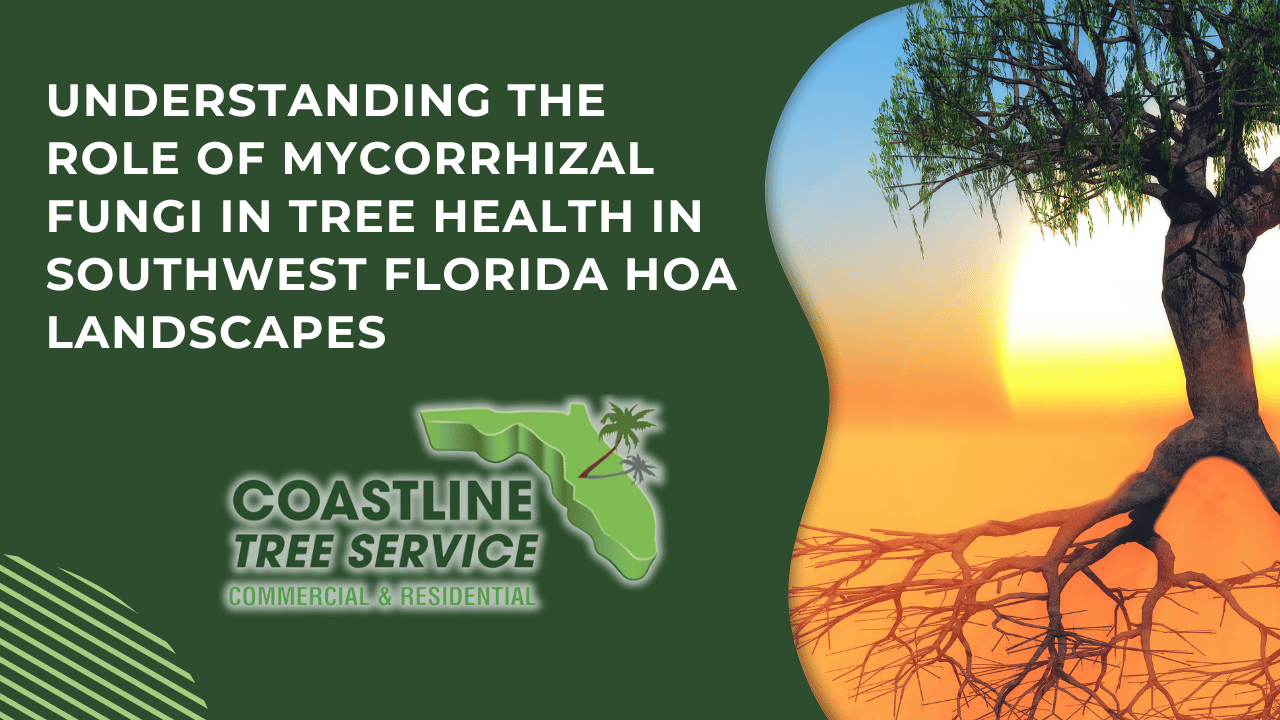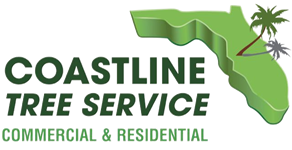
Understanding the Role of Mycorrhizal Fungi in Tree Health in Southwest Florida HOA Landscapes
In the lush, vibrant landscapes of Southwest Florida, maintaining the health and vitality of trees in HOA communities can be challenging yet rewarding. Among the natural allies in this endeavor are mycorrhizal fungi, often overlooked but incredibly beneficial partners to trees. These microscopic fungi form symbiotic relationships with tree roots, playing a crucial role in enhancing tree health and resilience, especially in the unique environmental conditions of Southwest Florida.
The Symbiotic Magic of Mycorrhizal Fungi
Mycorrhizal fungi work in harmony with tree roots, extending far beyond the tree’s own root system. This symbiotic relationship is mutually beneficial: the fungi receive sugars and carbohydrates produced by the tree through photosynthesis, while the tree benefits from increased access to water and vital nutrients like phosphorus and nitrogen. This partnership is particularly advantageous in regions with sandy soils, such as Southwest Florida, where nutrient retention can be challenging.
Thriving in Southwest Florida’s Unique Environment
Southwest Florida’s environment presents both opportunities and challenges for tree growth. The region’s sandy soils, while well-draining, often lack the nutrient density found in richer, loamier soils. Add to this the frequent storms that can lead to root exposure and damage, and the importance of a robust root support system becomes clear. Mycorrhizal fungi enhance the tree’s ability to absorb scarce nutrients and water, bolster root stability, and improve overall resilience against environmental stressors.
Promoting Mycorrhizal Health in HOA Communities
For HOA communities looking to foster healthy, thriving landscapes, encouraging robust mycorrhizal relationships is key. Here are practical steps to promote this natural partnership:
-
Soil Health Checks: Regularly assess soil quality and composition. Amendments such as organic compost can improve soil structure and nutrient content, promoting healthier fungal growth.
-
Minimal Disturbance: Avoid excessive soil disturbance that can damage the delicate mycorrhizal networks. Practices like mulching can protect the soil surface and maintain moisture levels.
-
Native Plantings: Opt for native tree species whenever possible. These species are more likely to form natural associations with the local mycorrhizal fungi, enhancing growth and resilience.
-
Reduce Chemical Interference: Limit the use of fungicides and other chemicals that may harm beneficial fungi. Instead, focus on natural pest control measures.
-
Educate and Engage: Encourage community awareness about the benefits of mycorrhizal fungi. Educational workshops or informational signage can help residents understand their role in landscape health.
By nurturing the natural relationship between mycorrhizal fungi and trees, HOA communities in Southwest Florida can ensure robust, healthy landscapes that withstand the region’s challenges. At Coastline Tree Service, we are committed to helping you harness the power of nature to create sustainable, beautiful outdoor spaces. Our expertise in tree care and landscape management can guide your community towards thriving, resilient ecosystems.
We proudly serve and offer Tree Disease Treatment Services in Naples, Marco Island, Bonita Springs, Estero, Fort Myers, Fort Myers Beach, North Fort Myers, Cape Coral, Sanibel & Punta Gorda.
Contact us today to schedule a consultation and take the first step towards a healthier landscape at: (239) 895-3230 or contact us online at: https://www.coastlinetree.com/contact-us/
